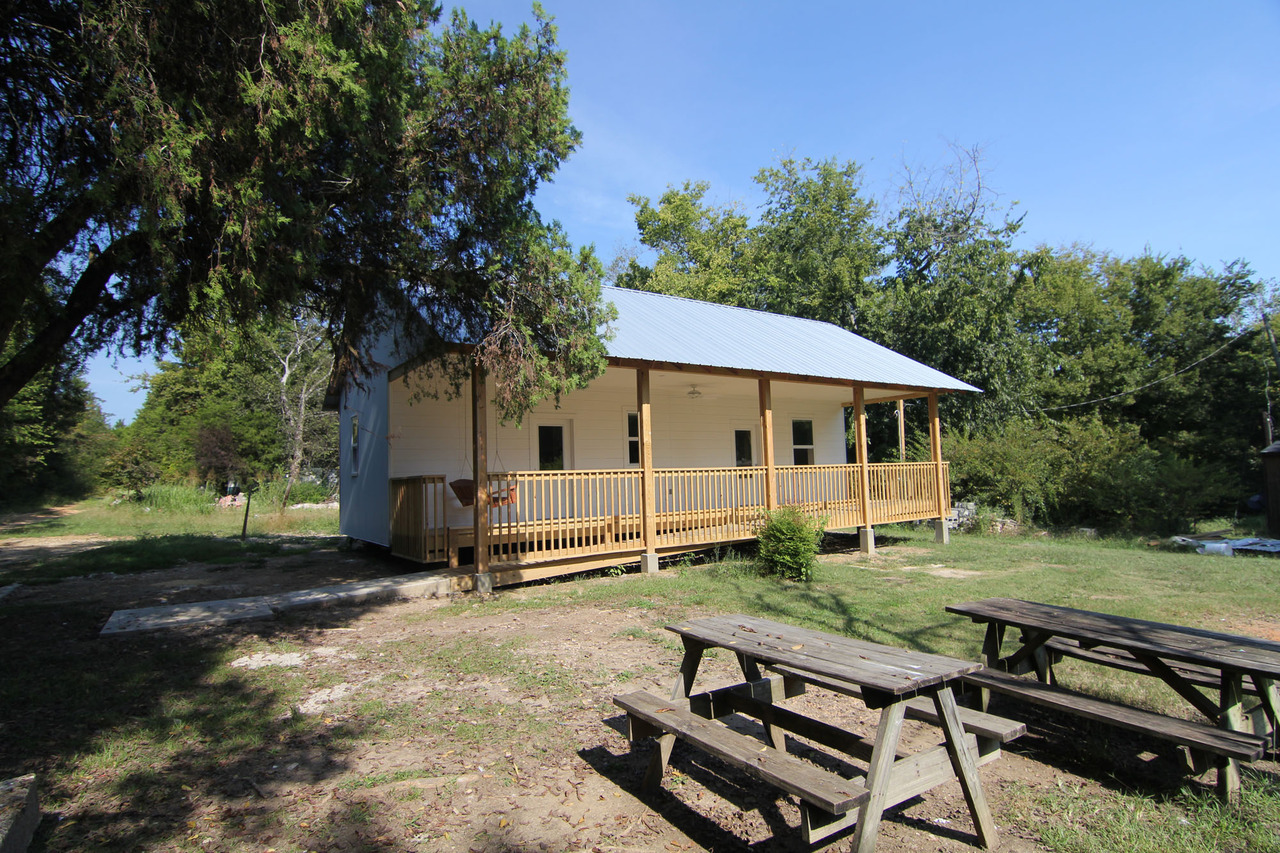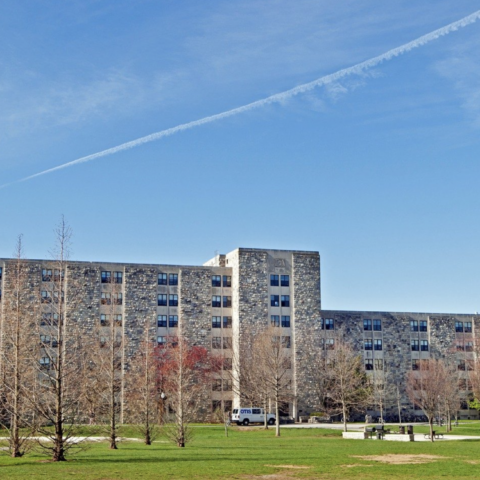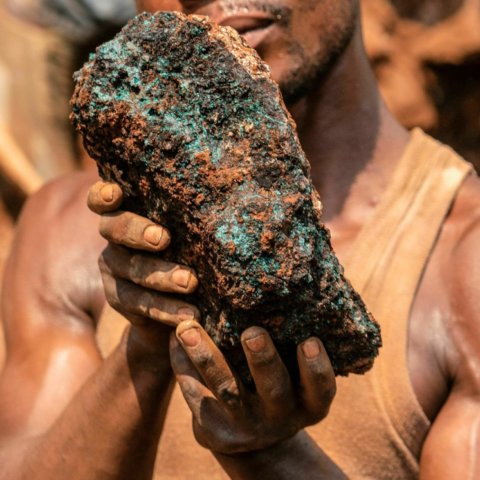By: Shuchi Goyal

The first thing I noticed in Hale County, Ala., was the abundance of grass. Grass, and the farm animals that grazed on it, though there was not a farmer in sight. In fact, there were few humans in sight at all, save for drivers of cars passing through the county’s fading roads. With an area of 656.47 square miles and a population of 15,760, Hale County is five times the size of Athens-Clarke County but has only about one-thirteenth the number of people. However, despite its unassuming nature, or perhaps because of it, the locale has served as the focal point of an ambitious architectural project by students at Auburn University: to build sustainable housing for low-income residents for less than $20,000.
The Rural Studio initiative was founded in 1993 at Auburn University with the purpose of allowing architecture students to design and construct their own buildings while considering environmental responsibility, alternate resources and financial constraints. While design-build programs exist among many architecture schools around the world, the Rural Studio launched a unique research project in 2005 called the 20K House, which aims to construct models of homes under a budget of $20,000 and to eventually reproduce successful models on a large scale across the nation.
Hale County’s rich history and demographic range make it an ideal location for such a project. The area lies on the western edge of Alabama’s “Black Belt,” a strip of land that runs across the bottom of the state. The nickname originally referred to the rich dark loam that covered the territory, but by the 1800s it had become better associated with the slaves brought there to plow the land for white farmers. After the slaves were freed, many of them chose to stay in Hale to continue working as farmers, but the economy remains stagnant. Today, the per capita annual income in the county is a measly $17,210, and over one-fourth of the population lives below the poverty line.
Consumers generally include property in their economic assets, since it has long-term monetary value. However, for many people earning minimum wage and living at or below the minimum wage line, their only option for housing is a mobile home. Yet, mobile homes often deteriorate in quality very quickly and are considered so undesirable that their value quickly depreciates, causing them to become financially detrimental to their owners. With an availability of both open space and of people in need of alternative housing options, Hale County presented a perfect opportunity for the 20K project to grow.
For each house they build, the students allocate their $20,000 budget in to two parts: $12,000 for materials and $8,000 for labor costs and profit. In the eight years since the 20K project’s inception, they have created 12 different models of 20K houses. The real challenge comes this year as the Rural Studio celebrates 20 years since its founding. To mark the event and honor the Hale County community, students involved with the project intend to build eight new affordable homes by the end of 2014.
At the beginning of winter break, I had the opportunity to visit some of the 20K houses built by the Auburn students while traveling with UGA IMPACT to Alabama to work with affordable housing projects. The homes we saw in Greensboro, the city that serves as the county seat of Hale, already had residents living in them, many of whom came out to greet us as soon as they saw a large group of college students standing in the field from their windows or porches; some of them were even kind enough to invite us into their homes.
The prospect of sustainable housing built for less than $20,000 initially seemed highly unbelievable; unsure of what we would find inside the houses, we half-expected peeling walls or visibly low quality materials. We were quickly proven wrong as soon as we entered the first home. It was modest but comfortable for the single woman that lived there. The house, one of the first models built, had a single bedroom, as well as a kitchen and a sizable living room, and cement flooring. The second house, owned by a man who introduced himself to us as simply “Doc,” was the eleventh iteration of the 20K model. Though the rooms looked the same as those of the first house, Doc’s home had hardwood flooring rather than cement and a bathroom that doubled as a safe house for protection during inclement weather. Doc explained that his old house had become dilapidated because the materials used in it had been of poor quality and his income could not support repairs. He spoke of his new home, now two years old and also occupied by his wife and his dog, with a note of pride in his voice, describing it as “a mighty fine improvement” to his old house and showing us the front and back porches where he liked to sit in the evenings.
The techniques used by the Auburn students working in the Rural Studio are innovative but simple. For example, they might build a house in the shape of an “L” or a “T” to create different rooms without having to spend money on dividing columns or walls. However, the budget creates other challenges as well. Banks are reluctant to give out mortgage loans for only $20,000 because the return rate is so low. Once a truly successful 20K model has been found, the Rural Studio hopes to establish a partnership with a bank to allow for the mass production of such a house across the nation so that it can be offered as an alternative to mobile homes to people who are living on a small income or on government welfare. Eventually, the studio hopes to expand its housing line to two-bedroom homes for 30K and three-bedroom homes for 40K.
While the 20K project at Auburn’s Rural Studio is currently one-of-a-kind, it opens the door to many other opportunities to improve the lifestyles of many Americans, as well as people in foreign nations. I left Hale County with a far different impression of it than what I had when I first arrived. What I had callously assumed would be a sleepy farm town turned out to be the epicenter of exciting changes to come, a remarkable initiative led by students and residents who combined creativity, passion, and perspective.


